When we arrived in Abomey, we stopped at a hotel that – as we found out later – also serves as the neighborhood’s football pub. How convenient! They have a beamer on the terrace, lots of people turned up to see Cristiano Ronaldo’s team Al Nassr draw 4:4 against Al Hazem.
The next morning we made our way to Abomey Historical Museum – only to find out it’s closed due to renovations. But we also found Malik who works as a guide there and showed us some remains of the Royal Palaces of Abomey.
There are 12 palaces spread out in an area of 40 hectares – each king of the kingdom of Dahomey had his own palace. They served the kings between 1695 and 1900 when Agoli-agbo, the last king of Dahomey, was deported to Gabon.
Each king also chose his own symbol.
In 2009, many of the buildings of the Royal Palaces were destroyed by a bushfire – one of the reasons there is not so much left to see here unfortunately.
Malik also showed us some huts that serve Voodoo people as a site to perform rituals. Voodoo is an established religion in Benin with many followers. And he told us how many people – including himself – consult oracles when they have to take an important decision. According to his explanation, an oracle can for instance give a hint whether the woman someone wants to marry is good or bad. The hair dresser below would beg to differ, presumably.
After an interesting day in Abomey, we hit the road again.
We went to Porto-Novo, Benin’s laid back capital, opting to not visit the buzzing city of Cotonou, which is nearby and much bigger.
Next to our hotel was the old Palace Hotel. It’s abandoned but must have been a pretty cool place back in the days.
Porto-Novo features some colonial architecture, mostly a bit run down.
The majority of important buildings like the ministries (we were not allowed to photograph) were from the 60ies or 70ies – like the Stade Charles de Gaulle pictured below. It’s the home ground of the Dragons de l'Ouémé, but there was no game on while we were there.
After a relaxing meal by the waterside, our short time in Benin was up.
We took our bikes east towards the border with Nigeria, known as the “Giant of Africa” due to its enormous resources and big population.




















